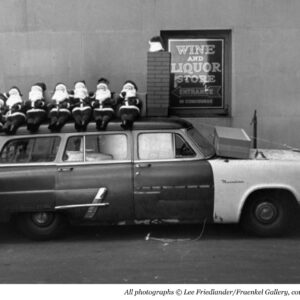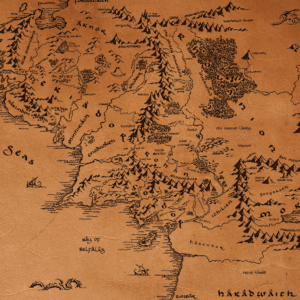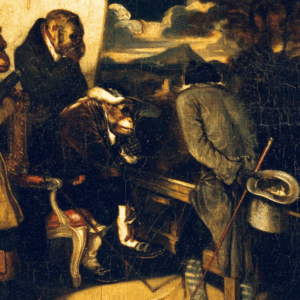
Should I Stay or Should I Go? Five Novels Involving Destructive Relationships
Meg Serino Recommends Elif Batuman, Julie Buntin, Emma Cline and More
There is nothing more important to me than family. Relationships with my children, my husband, friends—they’re everything. Trite words, for sure, cliché maybe—but clichés are clichés for a reason. What do we care about on our proverbial deathbeds? The people we love. The friendships we’ve made. Our people. And if we’re lucky, as we go through life, we’ve got a few good ones by our side. Not everyone makes it to the end, of course. That kid you were super tight with in third grade, what happened to him? Your boyfriend from high school or even, sometimes, your best friend from college. People come and go. Some people should go, and part of the journey is figuring out how that should happen—if you have the strength to make it happen—and when. Other people drop off on their own accord and the relationship dissipates on its own. But when people close to us leave our lives abruptly, it can cause all kinds of pain and heartache.
My novel, Annapurna, explores the meaning of love and the nature of memories. And how the often-entangled roles of a parent, spouse, lover and friend, can shift and change over time. It’s a story about a woman, Livy, who returns to Nepal to trek to the basecamp of Annapurna where her best friend died 20 years earlier under unknown circumstances. Along the way, she tackles not only the hardships of the trail itself, but her memories and the consequences that they have in her present life.
Below are books that examine the complexities of destructive relationships and the stories we tell ourselves—the excuses we make—before we can let them go.
*
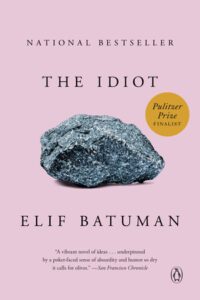
Elif Batuman, The Idiot
This novel is the perfect example of someone making excuses for the bad behavior of another. Selin, a Harvard freshman, becomes intrigued and then enamored by Ivan, an older mathematics student from Hungary. Despite giving her mixed signals, Selin pines for Ivan, and her awkwardness and inexperience shines through as we watch her navigate her first real crush.
Batuman somehow manages to make funny what can be a painful experience—Selin is self-deprecating as she perseverates and worries about her mistakes; it is her wry humor that carries her through.
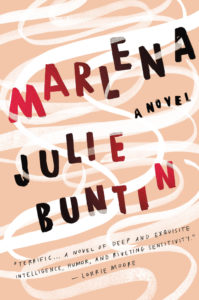
Julie Buntin, Marlena
The bonds that form between teenage girls can be intensely thrilling. They can also be destructive. Sometimes, those friendships have lasting repercussions. In this novel, Catherine, a woman in her 30s, grapples with memories of her adolescence with Marlena, who is captivating, wildly charismatic but also troubled. Like Annapurna, it’s about how events and relationships from the past can haunt those in your present. Cat’s fifteen-year-old self—insecure and caught in the swirl that is Marlena—transforms and defines her, even as an adult.
Buntin’s portrayal of the power and dynamics of young female friendships is both vivid and visceral, and stays with you.
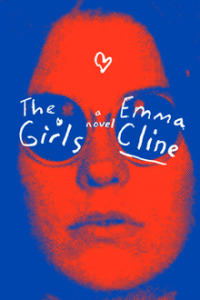
Emma Cline, The Girls
Set in 1969, Evie Boyd is a solitary, introspective fourteen-year-old girl who develops a near-obsession with Suzanne, an older girl who is part of a cult. As Evie, longing for acceptance, falls prey to Suzanne’s electrifying appeal, she becomes involved in the cult and closer to danger.
Evie’s internal dialogue is intense and relatable despite the cult’s setting, as most of us have been in the situation where we think we’re in control but we’re not. It’s a coming-of-age story that shows just how vital the need is to belong, and how strong the pull to feel connected.
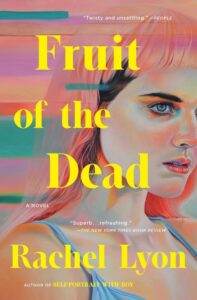
Rachel Lyon, Fruit of the Dead
This novel is a retelling of the Persephone and Hades myth, in which a recent high school graduate, Cory Ansel, is lured to a luxurious private island owned by Rolo Picazo, CEO of a pharmaceutical company. The allure of wealth and privilege plus a steady supply of cocktails laced with opiates keeps Cory ensconced at the island and out of touch with her mother, Emer, who is searching for her.
One of the most fascinating aspects of this book are the stories that Cory tells herself in order to stay at the island and remain with Rolo, the rationalizations that allow her to ignore her inner doubts and believe that what’s she’s doing (and who she’s doing it with) is a good thing.
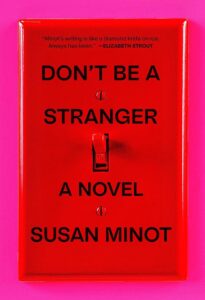
Susan Minot, Don’t Be a Stranger
Often we know when a relationship isn’t working—or at least we should know—yet ignore the red flags even when they’re waved in our faces. This novel examines the relationship between a fifty-two-year-old woman, Ivy Cooper, with a man eighteen years her junior. Powerfully attracted to him, Ivy’s careful life as a working single mother is threatened as she’s consumed sexually and emotionally by him.
It’s a story about illusion and denial, and how some relationships aren’t real relationships at all.
__________________________________

Annapurna by Meg Serino is available from Regalo Press.
Meg Serino
Meg Serino earned a Certificate of Creative Writing from Stanford University and an MFA from Bennington College. A novel excerpt, Denial, was published in Narrative magazine and she was a Top 25 finalist for her short story “Thumb into My Palm” in Glimmer Train’s Short Story Award for New Writers. She was born in New York City and currently resides in Westport, Connecticut.
















